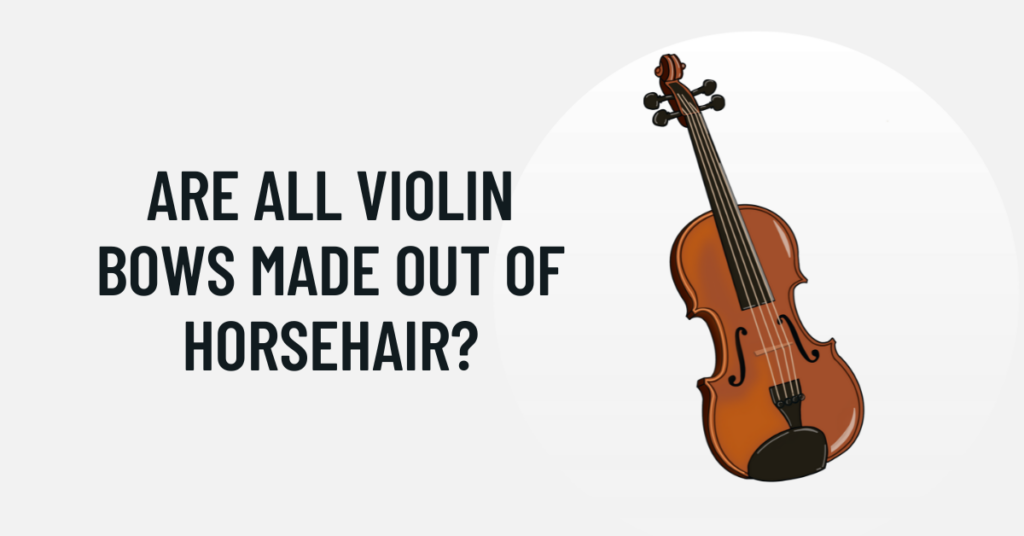The violin bow, a seemingly unassuming accessory, is a critical component in the production of enchanting music. While violinists often focus on the instrument and its strings, the bow, specifically its hair, plays an equally vital role in shaping the violin’s sound. In this article, we will delve into the intricacies of violin bows, particularly the use of horsehair, and explore why this natural material continues to be the preferred choice for musicians worldwide.
1. The Essence of Tradition:
Explanation: Traditionally, violin bow hair has been crafted from the tail hairs of horses, preferably from the tails of Siberian or Mongolian horses. The use of horsehair in violin bows dates back centuries, and the tradition endures due to its unique properties, including elasticity, durability, and responsiveness. The natural texture of horsehair allows violinists to produce a wide range of tones, making it an essential element for achieving expressive performances.
2. Versatility and Control:
Explanation: Horsehair possesses a balance of stiffness and flexibility, providing violinists with precise control over articulation and dynamics. The bow’s tension and hair tension can be adjusted, allowing musicians to create delicate pianissimo passages or powerful fortissimo notes. This versatility enables violinists to convey a myriad of emotions through their playing, making horsehair an indispensable tool for artistic expression.
3. The Role of Rosin:
Explanation: Rosin, a natural resin derived from trees, is applied to the horsehair to enhance its grip on the violin strings. When the bow is drawn across the strings, the friction between the rosin-coated horsehair and the strings produces sound. The choice of rosin and its compatibility with the horsehair significantly influence the bow’s grip, enabling violinists to produce smooth legato phrases, precise staccatos, and resonant harmonics.
4. Sustainability and Ethical Concerns:
Explanation: While the use of horsehair in violin bows is deeply rooted in tradition, ethical considerations have led to discussions about sustainability and animal welfare. Ethical bow makers and musicians increasingly seek suppliers who adhere to humane practices, ensuring that the hair is sourced responsibly and without harm to the animals. Additionally, some violinists explore synthetic alternatives, although the unique qualities of natural horsehair remain unparalleled.
5. Artistry in Bow Making:
Explanation: Crafting a violin bow is a delicate art that involves not only selecting high-quality horsehair but also understanding its inherent properties. Master bow makers meticulously select, prepare, and attach the horsehair to the bow, taking into account factors such as hair length, quality, and alignment. The expertise of the bow maker significantly influences the bow’s playability and the musician’s ability to create captivating music.
Conclusion
Horsehair in violin bows embodies the essence of centuries-old craftsmanship and artistry. Its unique combination of elasticity, versatility, and responsiveness enables violinists to convey their deepest emotions through music. While ethical considerations continue to shape the industry, the tradition of using horsehair in violin bows endures, enriching the musical world with its timeless elegance and expressive capabilities. As violinists continue to explore new horizons, the mystique of horsehair in violin bows remains an essential part of the melodic tapestry, connecting the past, present, and future of classical music.


